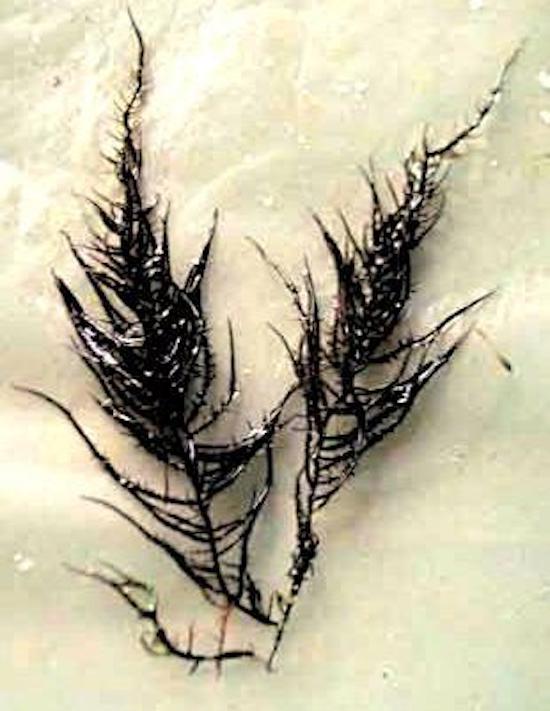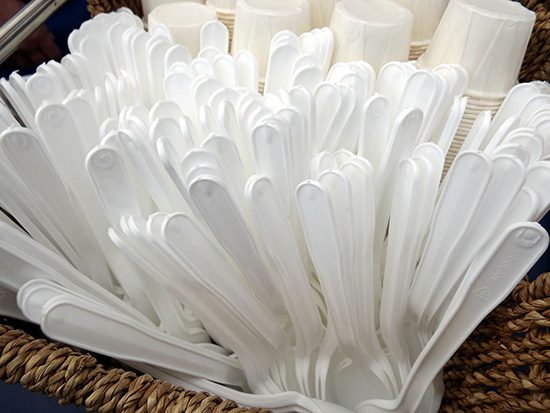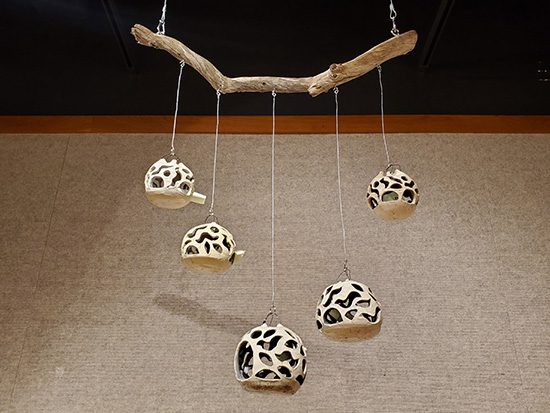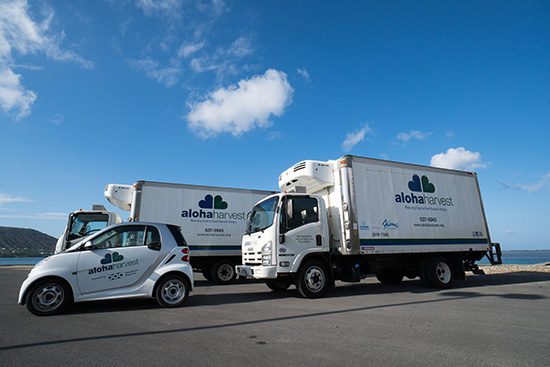
Queen Lili‘uokalani. – University of Hawai‘i
by Patricia Olds
Special to Ka ‘Ohana
Now more than ever, Native Hawaiian seaweed or limu are threatened species in Hawaiian waters due to climate change, urbanization, improper harvesting and invasive species. This sparked a call to action from local communities and kūpuna.
Grassroots organizations like Kua‘āina Ulu ‘Auamo (KUA) created the Limu Hui to reverse the depletion of limu and to revive limu in Hawaiian culture. William Kenney Jr. is a member of the Limu Hui and said that the decline of limu is on an ethnographic level.
“It is common to hear what reefs used to look like and what they look like now and assume there has been a definitive decline in the presence of certain types of limu,” he said. “Limu kohu is harder to come by; limu ele’ele is not seen as much.”
Environmental factors, climate change and invasive species are the main culprits in the dwindling of limu. Kenney explained that limu ele’ele needs freshwater and that water diversion and changes in freshwater quality, temperature and amounts can quickly change the habitat for the seaweed. The frequency of rain and swells also has a large impact on limu kohu and pahe’e.
“So the seasonal shifts and cycles may be out of sync with what we (used to) know,” he said citing the impacts of climate change. “It is just a matter of being good stewards and making sure we keep track of it, watch it, (and) document changes.”
Additionally, invasive species such as gorilla ogo are also responsible for the decline in native limu. Gorilla ogo was introduced to Hawai‘i to grow and harvest agar. According to the Hawai‘i Invasive Species Council, gorilla ogo “grows quickly, forming large, thick mats over the reef, overgrowing and killing coral and other seaweeds.”
Gorilla ogo is now responsible for consuming the Hawaiian reefs and its native seaweeds. It is not a preferred food for many reef fish in Hawai‘i, which prefer native limu.
The shift in limu abundance impacts the fish population. Seasoned fishermen can tell what type of fish they’re dealing with depending on the type of limu it eats. If there is no limu, one can predict that there will be a lack of native fish.
By restoring limu in the ecosystem, native fish can thrive. If restoration does not occur, fish will be threatened as will fisheries. Without limu, Hawai‘i’s ecosystem will forever be altered.
Organizations like KUA gather elders and kūpuna who hold the knowledge of limu that is key to restoration efforts. Another organization involved in limu restoration is the Waimānalo Limu Hui, where volunteers plant limu on the Waimānalo shores once a month.
Both of these organizations are doing what they can to revive the limu population for the future of our oceans. To get involved or for more information, visit http://kuahawaii.org and http://www.waimanalolimuhui.org.





